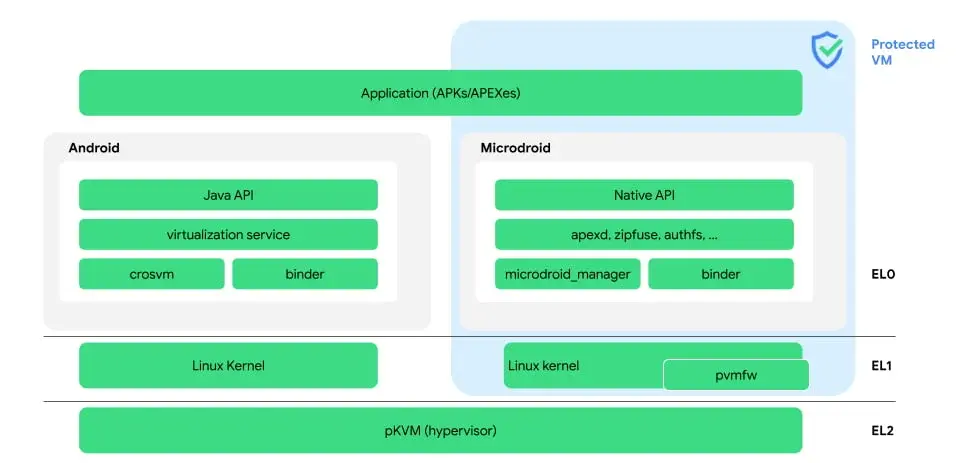In a surprising development, Google’s mysterious Fuchsia operating system could soon be seen on Android devices, not as a complete replacement, but as a virtualized entity.
Fuchsia OS was first unveiled in 2016 and debuted on its first commercial device in 2021 with the launch of the first-generation Nest Hub. However, its presence has not extended beyond the Nest Hub so far. A recent report, however, indicates that Fuchsia OS might operate as a virtual machine on Android devices.
A New Foundation
What sets Fuchsia apart is its unique foundation compared to Android and ChromeOS. Instead of relying on a modified Linux kernel, it is built from scratch using a microkernel named Zircon. This microkernel architecture promises increased efficiency, flexibility, and security by reducing the amount of trusted code in the system.
The latest development involves a project called “microfuchsia.” This project reportedly aims to enable Fuchsia to run on existing devices through virtualization.
How Virtualization Works
Virtualization creates a software-based replica of a physical device, allowing it to function in a separate computing environment. This separation ensures that programs running on the main OS and within the virtual machine do not interfere with one another.
Reports from the Fuchsia Gerrit code repository indicate that microfuchsia will utilize virtualization software such as QEMU and pKVM. The latter, developed by Google, focuses on layered security for isolated workload execution. Intriguingly, Google also developed a lightweight Android variant called “microdroid” for this purpose.
Unclear Future
The potential role of microfuchsia on Android devices is still uncertain. Nonetheless, its similarities to microdroid suggest it might be used for tasks that require enhanced security.
The rationale behind a separate Fuchsia solution, given the existence of microdroid, remains undisclosed. It is plausible that Google views Fuchsia as a more secure and efficient option for virtualized workloads within the Android ecosystem.


